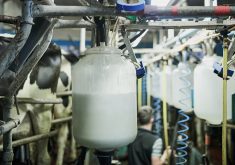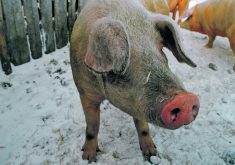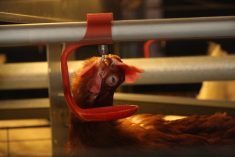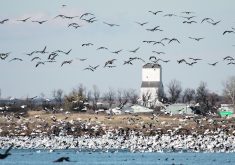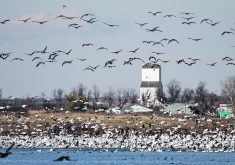The disease has abated since reaching its peak earlier this winter, but the sector is preparing for another wave this spring
As the damaging avian influenza outbreak in British Columbia’s commercial poultry industry has calmed, Ontario reported its first case in a commercial operation.
It is just one week shy of the anniversary of the country’s largest ever bird flu epidemic.
More than seven million birds have been destroyed since then with B.C.’s Fraser Valley commercial operators accounting for about half that number.
It has also taken a toll on wild birds, leaving carcasses of dead geese and ducks while scavenging mammals such as skunks have also acquired the disease.
Read Also
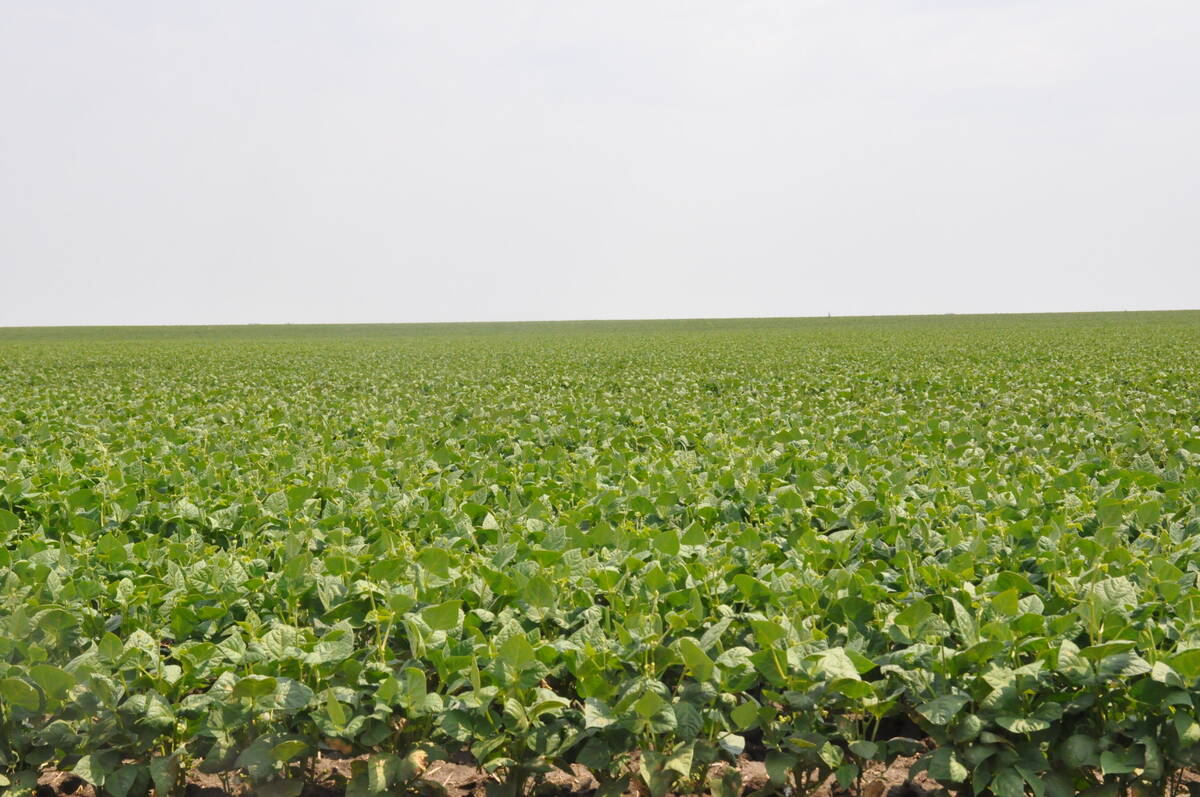
Coloured bean production down, whites are up
Bean prices have been slumping and the outlook is for more of the same.
Amanda Brittain, spokesperson for the B.C. Poultry Association, said the province went through a recent peak of infections that lasted from November to January, and it expects a return of the virus this year.
Finding out how it’s being spread is key to preventing a repeat of last year.
“Biosecurity is working. We have not seen any farm-to-farm transfer,” said Brittain. “CFIA (Canadian Food Inspection Agency) is doing epidemiological studies to determine how each case started in a domestic facility.”
The prevailing theory on how the virus spreads is based on water and ground being contaminated by infected wild birds.
“We kind of feel we are still in the middle of things,” she said, adding it’s too early to say what lessons have been learned that could prevent a repeat of 2022.
But there are some methods to mitigate the emotional toll bird flu has taken on producers.
“Communication is super important, taking care of each other, and co-operation is important,” said Brittain.
That co-operation between producers has been key in placing new chicks, while primary control zones, which restrict movement of poultry, still exist to prevent food shortages, she said.
“So, if one farm is due to get birds and can’t because they have not received primary decontamination, we’re looking at neighbouring farms or other places where those birds can be placed,” said Brittain. “Everybody’s working hard together — the hatcheries, graders, processors, farmers — everybody’s working together to ensure we can place birds.”
There is also interest in vaccines for poultry against the latest strain of bird flu. Brittain said the decision on whether to proceed with that is up to the federal government.
Ontario’s Feather Board Command Centre (FBCC) is dealing with the latest commercial operation reporting an outbreak, near Burlington, Ont., March 14.
In a statement provided to The Western Producer, FBCC said it’s prepared and the CFIA is ready to take action to stem the virus’s spread.
“The sector is working together, remaining vigilant and mitigating risk to ensure we continue to provide consumers with a steady supply,” said Ingrid DeVisser, FBCC chair.





